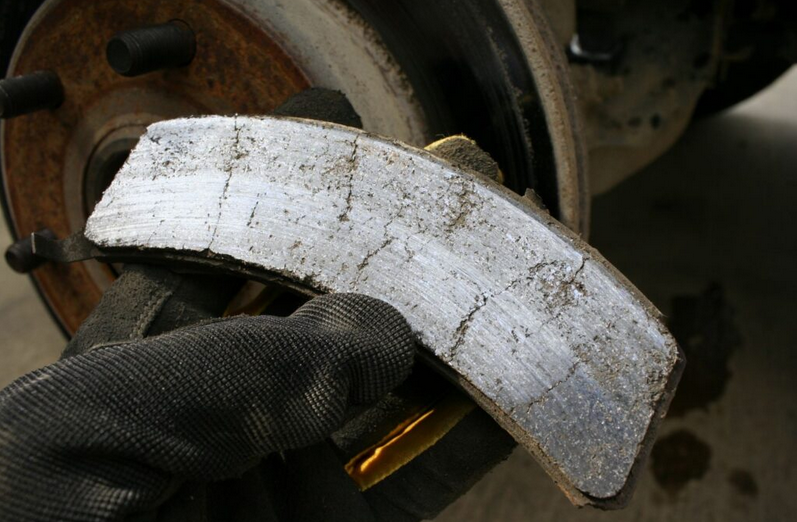Repair instructions
12 Reasons Your Car Is Making a Whistling Noise
Summary:
Whistling noises in your car can be a sign of underlying issues, ranging from airflow-related problems to mechanical wear and tear. Common culprits include a faulty serpentine belt, damaged weather stripping, radiator pressure cap issues, vacuum or turbo intercooler leaks, worn brake pads, failing water pump bearings, differential whine, alternator bearing failure, exhaust system leaks, worn belt tensioners, or even pressurized refrigerant. Identifying the source of the noise early can prevent further damage and costly repairs.
1. Faulty Serpentine or Drive Belt
A worn or loose serpentine belt can produce a whistling or screeching noise, especially when the engine is cold or under load. The belt drives critical components like the alternator, power steering pump, and A/C compressor. Contamination from oil, coolant, or dirt can exacerbate the issue, causing slippage and noise. Regularly inspect the belt for wear, cracks, or looseness, and replace it if necessary.

2. Damaged Weather Stripping
Weather stripping around doors and windows seals out air and water. When damaged, it can allow air to whistle through at highway speeds. A quick test is to cover the weather stripping with masking tape and drive to see if the noise disappears. Missing splash shields or aftermarket accessories like roof racks can also cause similar noises.
3. Overheating Engine
A faint whistling noise during overheating is often caused by boiling coolant escaping to relieve pressure. This is a serious issue that requires immediate attention. Pull over safely, check the temperature gauge, and allow the engine to cool before inspecting the cooling system.
4. Faulty Radiator Pressure Cap
A worn radiator pressure cap can cause whistling when the engine is off. The cap maintains system pressure to raise the coolant’s boiling point. If the cap fails, it can’t hold pressure, leading to noise and potential overheating. Replace the cap with an OEM or equivalent part.
5. Vacuum or Turbo Intercooler Leak
Whistling from a vacuum leak or loose turbo intercooler hoses is common under engine load. These leaks disrupt airflow, causing the engine to run rough or at high idle. Inspect hoses and connections for cracks, looseness, or damage, and repair or replace as needed.
6. Worn Brake Pads
While brake pads typically squeal or grind, whistling during braking can indicate uneven wear or contamination. Inspect the brake system, including pads, rotors, and calipers, to ensure proper function and safety.
7. Failing Water Pump Bearings
Water pump bearings can produce whistling noises, especially when cold. Modern water pumps have sealed bearings that cannot be lubricated separately. If the noise persists, the pump may need replacement.
8. Differential Whine
A whistling or whining noise from the rear axle during motion often points to differential issues. This can result from mismatched ring and pinion gears, lack of lubrication, or bearing failure. Differential repairs are complex and should be handled by a professional.
9. Alternator Bearing Failure
Alternator bearings can fail over time, producing squealing or whining noises. While not typically described as whistling, these sounds indicate bearing wear. Replacing the alternator or its bearings may be necessary.
10. Exhaust System Leaks
Holes or cracks in the exhaust system, particularly in the muffler or tailpipe, can cause whistling during acceleration. Inspect the exhaust for damage and repair or replace compromised components.
11. Worn Belt Tensioner or Idler Pulley
Belt tensioners and idler pulleys can whine or rumble as their bearings wear. While not usually a whistling sound, these components should be inspected and replaced if noisy or failing.
12. Pressurized Refrigerant
After prolonged A/C use, refrigerant equalizing through the expansion valve can produce a soft whistling noise. This is normal and not a cause for concern.
Pro Tip: If you’re unable to pinpoint the source of the whistling noise, consult a licensed mechanic. Early diagnosis can save you time, money, and prevent further damage to your vehicle.
Where to Get Parts:
For quality replacement parts, visit trusted suppliers or your local auto parts store. Always use OEM or equivalent components to ensure proper fit and performance.
By addressing these issues promptly, you can keep your vehicle running smoothly and quietly. If in doubt, don’t hesitate to seek professional assistance.
